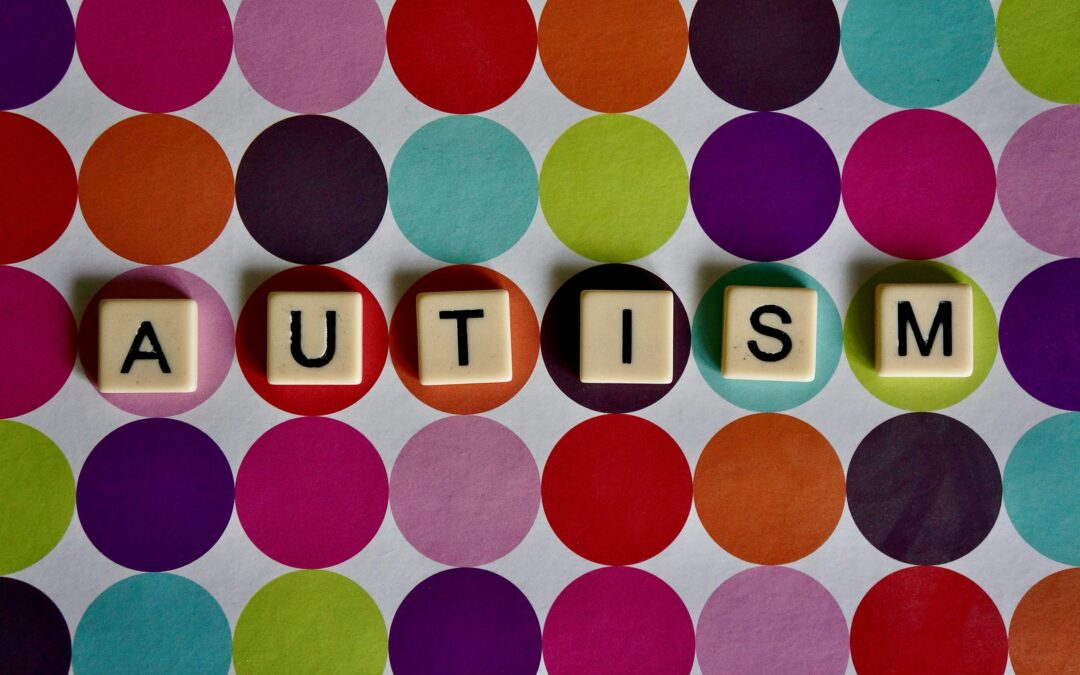As we continue our journey through Autism Acceptance Month, let’s shift our focus to how autistic individuals interact with the world around them. This part of the series will delve into two frequently misunderstood autistic behaviors: stimming and masking.
Often misinterpreted or judged, these behaviors hold significant meaning within the autistic experience. Stimming, characterized by repetitive movements or vocalizations, is far more than just a quirk. For many autistic individuals, it serves a crucial purpose in self-regulation, sensory processing, and emotional expression. Masking, on the other hand, describes the often-unconscious effort autistic individuals put in to appear neurotypical.
By understanding the motivations behind these behaviors, we can cultivate a more inclusive environment where autistic individuals feel comfortable expressing themselves authentically, without the pressure to conform to rigid social expectations.
Through this exploration of stimming and masking, we aim to bridge the gap between perception and reality, fostering a deeper appreciation for the rich tapestry of the autistic experience.
Stimming: A Symphony of Self-Regulation in the Autistic World
Stimming, short for self-stimulatory behavior, is a cornerstone of the autistic experience for many individuals. It encompasses a wide range of repetitive movements, sounds, or visual manipulations that can appear unusual to the outside observer. However, for autistic folks, stimming is far more than just a quirk; it’s a vital tool for navigating a world that can be overwhelming and unpredictable.
Understanding the Purpose of Stimming in Autistic Individuals:
- Sensory Processing: The world bombards us with sensory information – sights, sounds, smells, textures, tastes. Autistic individuals often experience sensory input differently, with some senses heightened and others muted. Stimming can act as a way to regulate this sensory input, providing a sense of calm and focus. For example, rocking back and forth can provide a sense of proprioception (body awareness), while flapping hands can offer visual stimulation.
- Self-Regulation: Stimming can also be a powerful tool for self-regulation, helping autistic individuals manage emotions and cope with stress. Repetitive movements can provide a sense of grounding and predictability, particularly in unfamiliar or anxiety-provoking situations. Fidgeting with objects, humming, or pacing can all be ways for autistic individuals to manage overwhelming emotions and maintain emotional equilibrium.
- Communication and Expression: For some autistic individuals, particularly those who are nonverbal, stimming can serve as a form of communication. Certain stims may express joy, excitement, frustration, or even boredom. Learning to recognize these stims can be a valuable tool for understanding the emotional state of an autistic individual.
Why is Stimming Important to Understand?
Stimming is a natural and essential part of the autistic experience. Forcing an autistic individual to stop stimming can be akin to taking away a coping mechanism or a form of self-expression.
Suppressing stims can lead to increased anxiety, frustration, and even meltdowns. Allowing autistic individuals to stim freely promotes a sense of control and emotional well-being.
Stimming is a manifestation of neurodiversity, the beautiful spectrum of human brains and experiences. Accepting and celebrating stimming helps create a more inclusive environment where autistic individuals feel comfortable being themselves.
Masking: The Chameleon’s Act in the Autistic World
Imagine navigating a social world where unspoken rules and nuances dictate every interaction. This is the reality for many autistic individuals who engage in masking, the conscious or unconscious effort to appear neurotypical (not autistic) in social situations. While masking can serve a purpose in the short term, the constant pressure to conform can have significant drawbacks for autistic well-being.
Understanding the Motivations Behind Masking
Autistic individuals often experience social challenges and may mask to fit in and avoid social isolation or negative judgment. Masking behaviors can involve mimicking facial expressions, body language, and conversational styles observed in neurotypical individuals.
Masking can also be a way to feel safe and avoid conflict, such as an autistic student suppressing stimming behaviors for fear of being reprimanded in class. Additionally, some autistic individuals mask by camouflaging their autistic traits, like communication differences such as avoiding eye contact, or scripting conversations beforehand in an attempt to appear neurotypical.
The Hidden Costs of Masking
While masking can offer perceived social benefits, the long-term costs can be significant. The constant effort to appear neurotypical can lead to anxiety, depression, and feelings of exhaustion. Autistic individuals masking for extended periods may experience burnout, a state of emotional and physical depletion.
Masking can also disconnect autistic individuals from their true selves and hinder genuine social connection, leading to a sense of inauthenticity. Furthermore, the act of masking reinforces the idea that there’s something “wrong” with being autistic, contributing to feelings of shame and inadequacy, hindering self-acceptance and positive self-esteem.
Moving Towards Acceptance and Neurodiversity Affirmation
Creating a more accepting environment can help reduce the pressure to mask. Here’s how we can move forward:
- Educating Others: By raising awareness about autism and the concept of masking, we can foster empathy and understanding.
- Celebrating Neurodiversity: Embracing neurodiversity allows us to appreciate the unique strengths and perspectives that autistic individuals bring to the world.
- Creating Safe Spaces: Providing safe spaces where autistic individuals feel comfortable being themselves, without the need to mask, is crucial for their well-being.
Masking is a complex issue within the autistic experience. By recognizing the motivations behind it and the potential drawbacks, we can work towards creating a world where autistic individuals feel empowered to be themselves, stims and all.
Celebrating the Autistic Spectrum in All Its Complexity
As we conclude our exploration of lesser-known aspects of autism, a powerful message emerges: the autistic experience is a rich tapestry woven with unique strengths, challenges, and expressions. Pathological Demand Avoidance (PDA) and Rejection Sensitivity Dysphoria (RSD) highlight the internal struggles autistic individuals can face, while stimming and masking shed light on the various ways they navigate the social world.
Understanding and appreciating these complexities is crucial for fostering a more inclusive and supportive environment. Moving forward, let’s commit to:
- Expanding our understanding of autism: Autism manifests differently in every individual. By recognizing the vast spectrum of autistic experiences, we can better support the needs of each autistic person.
- Challenging stereotypes: Let’s move beyond outdated portrayals of autism and embrace the unique talents, perspectives, and contributions autistic individuals bring to society.
- Promoting acceptance and respect: Creating a world where autistic individuals feel safe to be themselves, with all their quirks and complexities, is essential for their well-being and our collective growth.
Autism Acceptance Month is a springboard for ongoing dialogue and positive change. By fostering empathy, celebrating neurodiversity, and creating spaces for authentic expression, we can empower autistic individuals to thrive and unlock their full potential. Let’s continue this journey of understanding and acceptance, one conversation, one connection, and one stimming session at a time.
the road to wellness starts by seeking help. today.
Built on the principles of assertive community treatment, Galen Hope is an eating disorder and mental health treatment center offering individualized treatment options that include Intensive Outpatient (IOP), supported housing, and Partial Hospitalization Programs (PHP). As a “Community of Integrated Wellness,” we pride ourselves in fostering a thoughtful and meaningful care experience that can guide our clients on their road to recovery and increased quality of life, regardless of diagnosis. Galen Hope currently offers separate, age-specific programming for adolescents ages 10-17 and adults 18 and up, of all genders.
To learn more, or to join our community for integrated wellness, please contact us today.
Belong. Heal. Grow.

